

Struggling with late-paying customers? The VAT Cash Accounting Scheme helps protect cash flow by taxing only what you have received.
The VAT Cash Accounting Scheme is designed to support businesses by improving cash flow. Using this scheme means that VAT is only paid when your customer pays you and not when you issue an invoice. This means that if a customer fails to pay, the VAT is not payable to HMRC, offering a clear advantage for businesses that sell on credit.
In contrast, under standard VAT accounting, VAT is due whether or not you've been paid, which can create financial pressure if your customer is late in paying or does not pay.
To join the scheme, a business must have a VAT taxable turnover of £1.35 million or less in the next 12 months. Once in the scheme, a business can continue using it until their turnover exceeds £1.6 million.
You cannot use the Cash Accounting Scheme if:
There’s no formal application required. You can start using the scheme:
You can leave the scheme voluntarily at the end of any VAT period without notifying HMRC and rejoin again if you continue to meet the eligibility criteria.
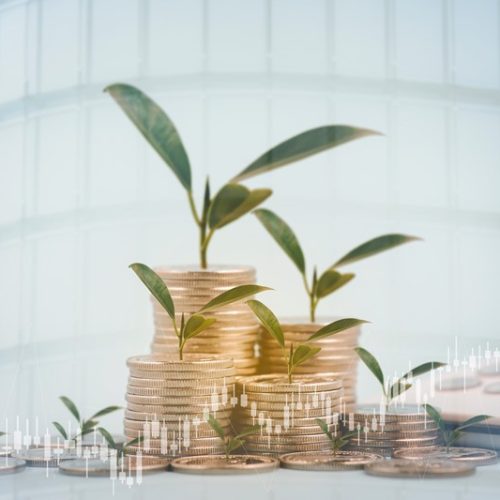
Small business? The VAT Flat Rate Scheme could cut paperwork and improve cash flow. Pay VAT as a set percentage of turnover and enjoy simpler admin, budgeting ease, and even a 1% discount in year one of your registration for VAT.
The VAT Flat Rate Scheme is designed to simplify the process of VAT accounting for small businesses. Rather than calculating VAT on every sale and purchase, eligible businesses pay VAT as a fixed percentage of their turnover including VAT. The percentage applied depends on the type of business activity and is set by HMRC.
This scheme helps reduce the complexity of VAT compliance by minimising the need for detailed calculations and record-keeping of input VAT on purchases.
To join the scheme, a business must expect its annual taxable turnover (excluding VAT) to be no more than £150,000 in the next 12 months.
The advantages of the VAT Flat Rate Scheme include the following:
The scheme can be a valuable option for small businesses looking to simplify VAT reporting and reduce administrative workload. However, its suitability should be carefully assessed and regularly reviewed to ensure it remains beneficial as a business grows or its circumstances change.

Struggling with unpaid invoices? If you've paid VAT to HMRC but never received payment from your customer, you may be able to reclaim that VAT. Learn how bad debt relief works and whether switching to cash accounting could ease your VAT woes.
The VAT bad debt relief provisions enable businesses to reclaim VAT that has been paid to HMRC when a customer fails to pay for goods or services within a reasonable period. This typically applies when an invoice has been issued, but payment has not been received for an extended period (usually six months after the due date).
Under standard VAT accounting procedures, businesses are required to account for VAT at the time an invoice is issued, regardless of whether payment has been received. However, businesses can claim bad debt relief if specific conditions are met.
The primary conditions for claiming bad debt relief, as outlined in HMRC’s guidance, include:
It is important to note that businesses using the cash accounting scheme, or those that use certain retail schemes, only account for VAT on the amounts they have actually received from customers. As such, businesses operating under these schemes are generally not required to make bad debt relief claims, as VAT is only paid once payment is received.
Small businesses experiencing significant issues with bad debts may find it beneficial to apply for the cash accounting scheme, as this can help mitigate VAT liabilities by deferring payment until the customer settles their debt.

When selling a business, the Transfer of a Business as a Going Concern (TOGC) rules can allow the transaction to be VAT-free if key conditions are met. This prevents unnecessary VAT charges and ensures compliance with HMRC. Learn how TOGC applies to your sale.
A TOGC is defined as "neither a supply of goods nor a supply of services” meaning it falls outside the scope of VAT and no VAT would be charged on the sale.
For the TOGC rules to apply, all of the following conditions must be satisfied:
The TOGC rules can be complex, and both the seller and buyer need to ensure they comply with all the conditions. These rules are mandatory, so it's crucial to establish whether a sale qualifies as a TOGC from the outset. For example, if VAT is charged incorrectly, the buyer cannot recover it from HMRC and would need to seek reimbursement from the seller.
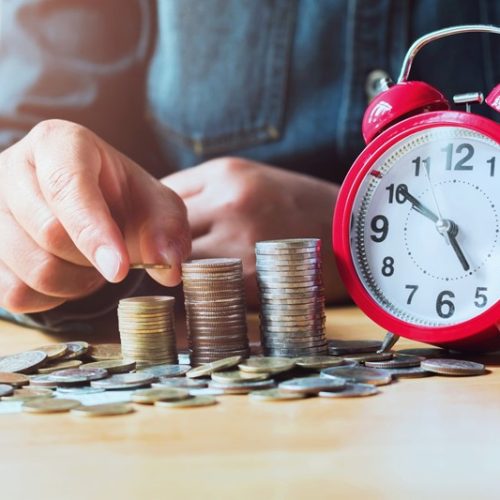
Businesses owing over £2.3 million in VAT annually must make advance payments on account. These are based on the previous year’s VAT liability and paid in instalments. Late payments incur penalties, but adjustments may be possible for fluctuating liabilities.
The payments are usually based on the previous year’s VAT liability, and businesses are required to pay 1/24th of their estimated annual liability to HMRC by the last working day of the second and third months of the VAT quarter.
For example, if your VAT quarter ends on 31 March, your payments on account for that quarter will be due by 31 May and 30 June. Businesses that fail to make these payments on time will be subject to interest and penalties.
The payments on account and the balancing payments must be made electronically and cleared funds must be in HMRC's bank account by close of business on the due date. Businesses making POA do not benefit from the seven extra calendar days allowed to other VAT registered businesses for paying electronically.
The payment amount is calculated by HMRC based on the previous year’s VAT liability. If your liability changes and fluctuates by more than 20%, you may be able to request an adjustment to reduce your payments. This request must be approved by HMRC, and any adjustments will only be applied once HMRC has confirmed that the changes are valid. If the amount of VAT payable is higher than anticipated, the payment on account may increase, but it cannot exceed your total VAT liability from the previous year.
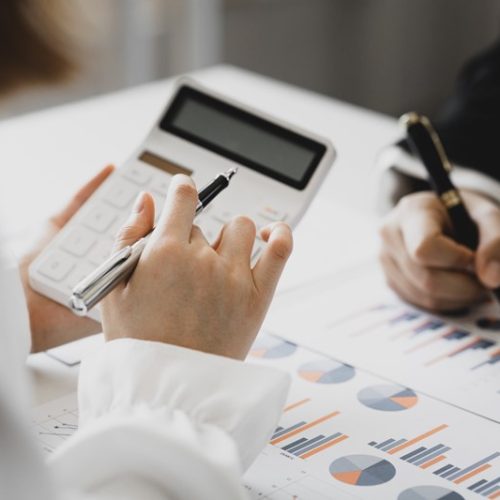
With a £90,000 VAT registration threshold, many UK businesses might wonder whether to register voluntarily. Understanding how to balance output and input VAT can help optimise cash flow and avoid costly mistakes with HMRC.
The current VAT registration threshold for businesses is £90,000 in taxable turnover. However, businesses below this threshold can still opt for voluntary VAT registration.
VAT registered businesses charge VAT on their sales, known as output VAT, while also paying VAT on most of their purchases, referred to as input VAT.
The output VAT is collected from customers on behalf of HMRC and must be regularly paid over to HMRC. However, businesses can deduct the input VAT on most (but potentially not all) goods and services purchased from their output VAT liability to HMRC.
This calculation usually results in a VAT payment that is due to HMRC. If the input VAT exceeds the output VAT, HMRC will owe you a refund of overpaid VAT.
HMRC’s guidance states that the following must be included on your VAT return:
It's important to include VAT on the full value of your sales, even if:
Please note, you cannot charge VAT to your customers or claim back the input tax you have paid to suppliers unless you have formally registered for VAT.
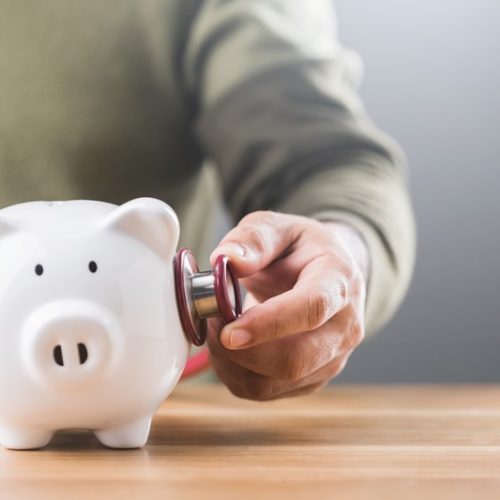
Health professionals providing medical services may be exempt from VAT if their work falls within their registered profession and primarily protects, maintains, or restores health. HMRC outlines specific exempt services, including diagnosis and treatment.
The VAT liability of goods and services provided by registered health, medical, and paramedical professionals, can be a complex area of tax law. HMRC’s guidance provides clarification on the definition of medical services and outlines the specific health services performed by registered professionals that are exempt from VAT.
If a health professional, as defined by HMRC, provides services, those services are generally exempt from VAT, provided that both of the following conditions are satisfied:
For VAT purposes, the definition of medical services (including medical care and treatment) is limited to those that meet the second condition outlined above. This includes services such as the diagnosis of illnesses, the provision of analyses of scans or samples, and assisting a health professional, hospital, or similar institution in making a diagnosis.
HMRC provides examples of services that are considered to meet the primary purpose of protecting, maintaining, or restoring a person’s health. These include:
Additionally, certain insurance or education-related services may also be exempt from VAT, regardless of their primary purpose, as they could qualify under other independent exemptions.
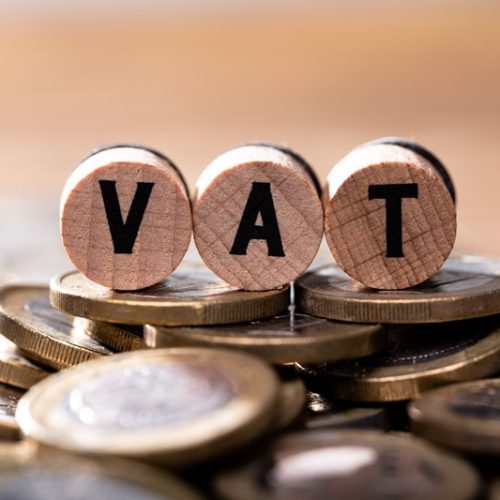
Businesses can reclaim VAT on pre-registration expenses if they relate to taxable supplies made after VAT registration. The rules differ for goods and services, with time limits of 4 years for goods and 6 months for services. Proper understanding ensures you don't miss out.
VAT can only be reclaimed if the pre-registration costs relate to taxable goods or services that will be supplied by the business after it becomes VAT registered.
Different rules apply depending on whether the costs are for goods or services:
Goods: VAT can be reclaimed for goods still held by the business or for goods used to produce other goods still in possession of the business.
Services: VAT can be reclaimed for services related to the business.
Pre-registration VAT should be reclaimed on the business’s first VAT return. In certain cases, it may be possible to backdate the VAT registration. This should be considered if there is additional Input Tax that can be recovered.
There are specific provisions for partially exempt businesses, businesses with non-business income, and the purchase of capital items under the Capital Goods Scheme (CGS). These rules may affect the recoverability of VAT and should be reviewed in detail based on the circumstances of the business.